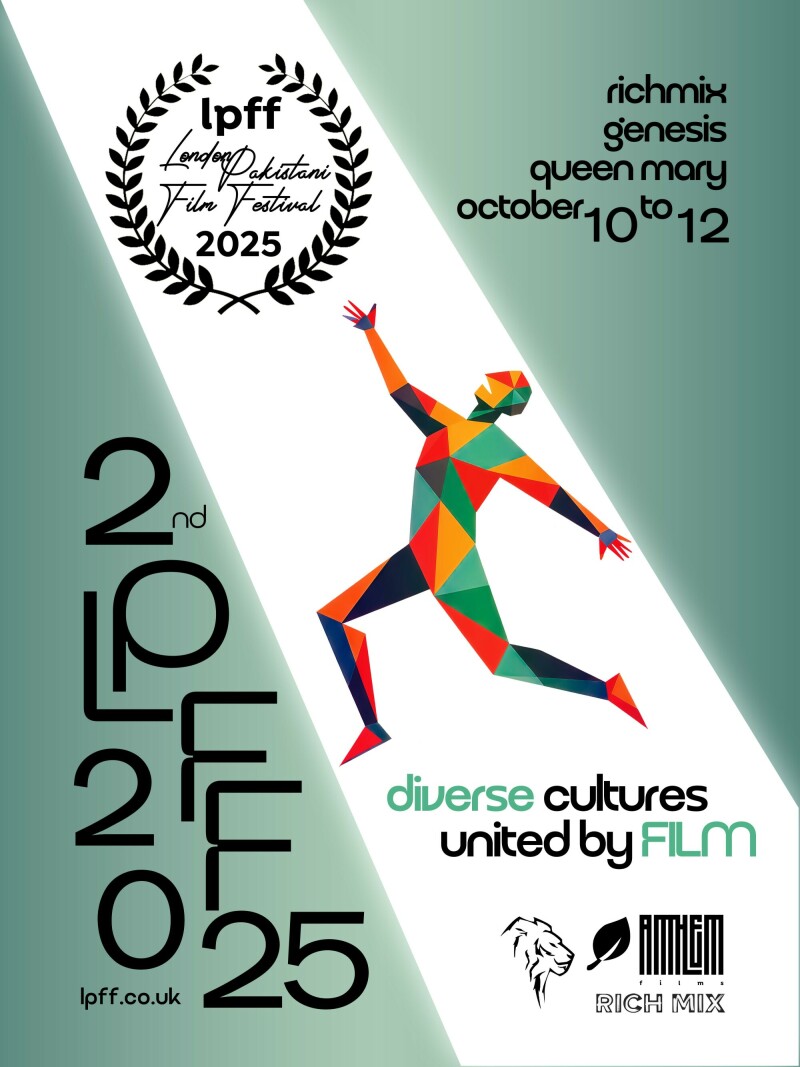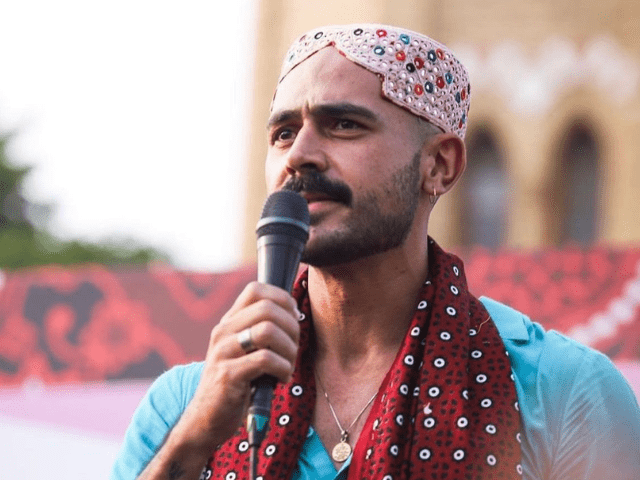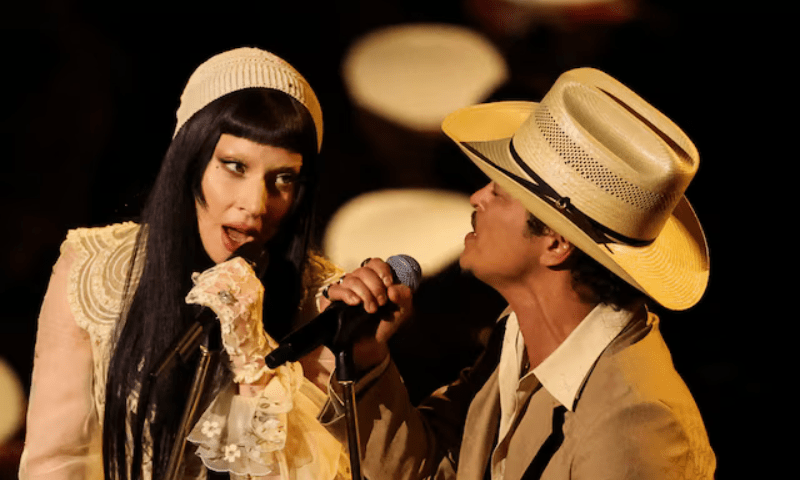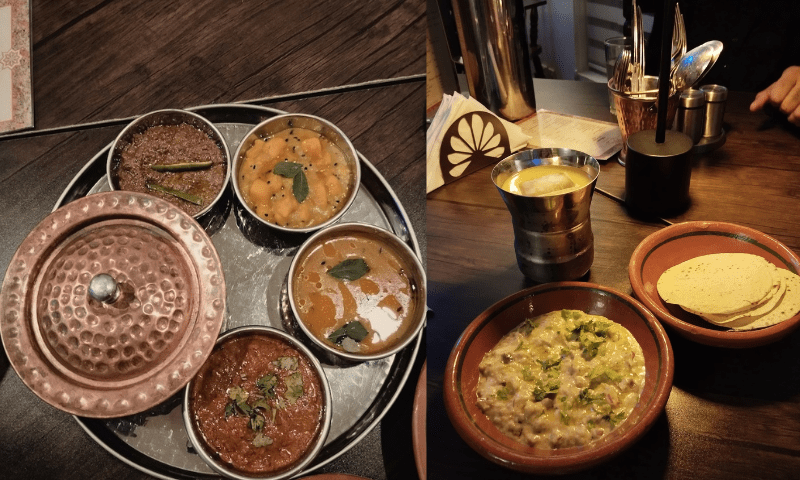What are rape myths and why are they far from harmless?
In his response to a question about the government’s action against perpetrators of child rape earlier this month, Prime Minister Imran Khan propagated multiple myths about the causes and solutions for sexual violence. Perhaps the most problematic and misleading assertion made by the prime minister was that obscenity causes temptation and, because some men do not have the willpower to control their sexual urges, they resort to rape.
The prime minister’s response is in striking contrast to a judgment of the Supreme Court, delivered just a few weeks before, in which the Supreme Court questioned a popular rape myth that “loose” women of “bad character” cannot be raped, and gave an important reminder that, in rape proceedings, “it is the accused who is on trial and not the victim.”
What are rape myths?
Rape myths are prejudicial, stereotypical or false beliefs about rape, rape victims and perpetrators of rape, which serve to create a hostile environment towards rape victims and survivors.
These myths include, for example, the belief that women “invite” rape with the way they dress and behave; if a woman does not fight back, it was not really rape; men rape because of uncontrollable passion and sexual desire; rape is a sexual act, not an act of violence; and that even when women refuse to have sexual relations, they secretly desire them.
People who internalise rape myths and consider them accurate reflections of sexual violence, redefine and re-evaluate the criminal act of rape, the rapist and the rape victim or survivor through the particular lens of these discriminatory and fundamentally false beliefs. As a result, if a sexual assault does not conform to these preconceived notions, they may refuse to interpret it as rape, blame the victim, exonerate the perpetrator of wrongdoing, or underplay the perpetrator’s responsibility.
Thus, rape myths are far from harmless misconceptions, misunderstandings or differences of opinion, as is being argued in response to the condemnation of the PM’s comments — they are pernicious, dangerous and deeply influential beliefs that undermine the reality of violence against women, create hurdles in their access to justice, and add to their trauma.
Prime Minister Imran Khan received widespread castigation for implying that sexual violence was caused by obscenity and a lack of purdah in society. Despite his supporters rushing to defend him, such ‘rape myths’ have long been debunked. It is time to change public discourse regarding this violent crime
Rape myths are also part of “rape culture” — a culture that implicitly encourages or condones violence against women, including sexual assault.
“Men will be men”: rape as an act of uncontrollable sexual desire
PM Khan’s narrative on rape suggests men get “tempted” when they see obscenity and lack of purdah in society, and those who do not have the “will power” to control themselves perpetrate sexual violence.
A number of rape myths are evident here, including holding women in general, and victims in particular, responsible for the perpetrators’ criminal conduct, as well as mischaracterising rape as an act of uncontrollable lust, as opposed to a violent assault against the victims’ physical and mental integrity and autonomy.
The prime minister’s views are not new. In fact, they were mainstream in much of the world until the 1970s. Sexual violence was considered a crime of lust and passion, defined in terms of temptation and desire. Consent was trivialised, and it was believed that women’s unwillingness or refusal to engage in sexual relations was mere “teasing”.
How women dressed and their behaviour in general was considered “implied” consent and a justification for rape and, in many jurisdictions, non-consensual sexual intercourse was not considered rape at all — violence or the use of force had to be shown as an additional component in order to prove rape had occurred.
In 1975, in her seminal work Against Our Will: Men, Women, and Rape, Susan Brownmiller challenged this understanding of rape and categorised rape as a violent crime. Brownmiller considered sexual violence in different situations — such as war, political conflict, punishment and retribution, racial, ethnic and other hierarchies, and marriage and other intimate relationships — and argued that while rape involves the act of sex (at least for the perpetrator), rape in all cases requires overpowering, subjugating and degrading the victim. As such, rape should be seen as a violent crime of power and control, and not only as a sexual act. Brownmiller also considered rape to be a tool by which men maintained their control over women in a patriarchal order.
Since Against Our Will was published, other theorists — even those who disagreed with Brownmiller’s claim that rape is a tool of patriarchy — too, have conceptualised rape in terms of violence and power. Based on research that considers different kinds of sexual violence and the contexts in which it occurs, as well as interviews of perpetrators and survivors of sexual assault, they have convincingly argued that while, in some cases, rape may be motivated by sexual desire, the act of rape itself is always one of violence, dominance and subjugation. Such power may be exerted by the individual alone, or in some situations — such as war and conflict — in furtherance of establishing dominance of one group over another.
A comparison with theories on other motivations behind rape highlights the significance of understanding rape as a violent act. Take, for example, Randy Thornhill and Craig T. Palmer’s book A Natural History of Rape: Biological Bases of Sexual Coercion. Thornhill and Palmer argue that rape behaviour has evolved through natural selection, and that it must either be a specific adaptation or a by-product of traits that are themselves adaptations.
They start with the assumption that women are more selective about sexual partners because of childbirth and nursing, while there is evolutionary benefit for men to seek as many sexual partners as possible, to increase their chances of having offspring. If rape is a direct adaptation, it means men who raped had more sexual partners, so passed on more “rape genes”. If rape is a by-product of an adaptation, it could mean that, since men have evolved to have more sexual partners, it leads to some men raping women to fulfil that desire.
Thornhill and Palmer, therefore, consider rape to be solely motivated by sexual desire and the evolutionary impulse to procreate without any taking responsibility for offspring. They dismiss theories that say rape is an act of power or violence. They also suggest men rape “attractive” women of reproductive age, and that dressing modestly would make women less vulnerable to rape.
A Natural History of Rape has been critiqued for being reductionist, for “posing as science”, for misrepresenting data, and for defining rape so narrowly that it excludes a large number of scenarios involving sexual violence. For example, it does not take into account marital rape; rape of children — including boys — and elderly women; rape as a form of punishment; rape as a tool of war; rape of men, transgender people, and other vulnerable groups; and rape that does not involve penile penetration of the vagina. It is important to note that this kind of sexual violence is not exceptional but constitutes a significant portion of rape cases.
Furthermore, A Natural History of Rape does not engage at all with women’s or other victims’ experiences with sexual violence, which clearly indicate that rape was an act of humiliation, degradation and control. It also ignores interviews of people convicted of rape, which show that they rape to feel powerful and in control, not just for sexual pleasure.
The ideal rape victim: “young, chaste and virgin”
The characterisation of rape as a crime of “lust and passion” presupposes an archetype rape victim — a young, “chaste” and “moral” “virgin”. Where victims and survivors of sexual violence do not meet this archetype, rape allegations made by them may be dismissed and they may even be stigmatised for their perceived immorality.
Similarly, this rape myth explains why men accused of sexual violence often plead their innocence by questioning the “attractiveness” of the complainant. After all, if rape is an act of lust, perpetrators must find victims “attractive” in order to rape them. As discussed above, Thornhill and Palmer indeed argue that attractive women are far more likely to be subjected to rape.
Take, for example, the “defence” argued by a Pakistani journalist and politician following an accusation of sexual assault: “If I am even remotely guilty of criminally assaulting (the complainant) ...then there should be no hope for me…For I would be guilty not only of a criminal offence...but of something far worse: an appalling and unforgivable lack of taste.”
Such stereotyping has shaped the investigation of sexual violence, and often, judicial decision-making in Pakistan. Courts are more inclined to believe the testimony of complainants where they meet the “young, chaste and virgin” archetype, and either dismiss the complaints or require further corroboration where the rape victims or survivors are older, married or are perceived to be — as described by various courts — of “easy virtue” and of “loose character”.
This context makes the Supreme Court’s judgment, this year, in Atif Zareef & Others v. The State, regarding such observations and their relevance in assessing the testimony of the complainant in sexual violence cases, all the more remarkable.
Justice Mansoor Ali Shah, who authored the judgment of the Supreme Court, wrote:
“A woman, whatever her sexual character or reputation may be, is entitled to equal protection of law. No one has the licence to invade her person or violate her privacy on the ground of her alleged immoral character. Even if the victim of rape is accustomed to sexual intercourse, it is not determinative in a rape case; the real fact-in-issue is whether or not the accused committed rape on her. If the victim had lost her virginity earlier, it does not give to anyone the right to rape her. In a criminal trial relating to rape, it is the accused who is on trial and not the victim. The courts should also discontinue the use of painfully intrusive and inappropriate expressions, like “habituated to sex”, “woman of easy virtue”, “woman of loose moral character”, and “non-virgin”, for the alleged rape victims, even if they find that the charge of rape is not proved against the accused. Such expressions are unconstitutional and illegal.”
This is one area of reform Brownmiller advocated for in her book discussed above. She wrote: “A stop must be made to the review of a woman’s past sexual history during a trial; consent, resistance and notions of chastity are not at issue in trying a crime of robbery, and should not be raised in trying a criminal act of rape.”
It appears unlikely that this judgment alone will change societal attitudes. It also remains to be seen whether other courts will follow the Supreme Court’s directions. However, for the highest court of the country to finally set the record straight, and categorically hold that using complainants’ sexual history to discredit their testimony is “unconstitutional and illegal”, carries immense value.
Rape myths and rape culture
Since the prime minister’s comments, people have come up with a number of explanations in support of his views. Some argue he was talking about pornography, while others say he was making a case against sexualisation of girls and women in the media.
It is true that sexualisation or objectification of girls and women and certain types of pornography reinforce harmful gender stereotypes and feed into “rape culture”, which as discussed above, provides an environment that encourages or condones sexual violence. Research, however, has not shown any causal link between such factors and rape.
Also, it is important to note that pornography and objectification of girls and women contribute to rape culture because they promote harmful gender stereotypes and ideals of “masculinity” and “femininity” — not because they cause “temptation”, which men with weak willpower are forced to act on in the form of sexual violence.
Furthermore, it is telling that, in much of our public discourse, rape culture is reduced to media, film, pornography and obscenity. Far more pernicious aspects of rape culture include toxic masculinity and rewarding aggressive and violent behaviour in men, rape myths, including victim-blaming, and power imbalances between men and women. However, we rarely see any reference to these factors and their link with sexual violence.
Propagating rape myths and long debunked “solutions” to rape that are based in further controlling women’s freedom, their choices, and their bodies, at best, shows ignorance and, at worst, insincerity to the cause of combatting sexual violence.
If we are to address rape in Pakistan, we must start with a more informed understanding of sexual violence — even where doing so challenges our biases, ideologies and positions of privilege.
The writer is a lawyer. She tweets @reema_omer
Originally [ublished in Dawn, EOS, April 18th, 2021














Comments